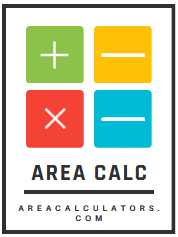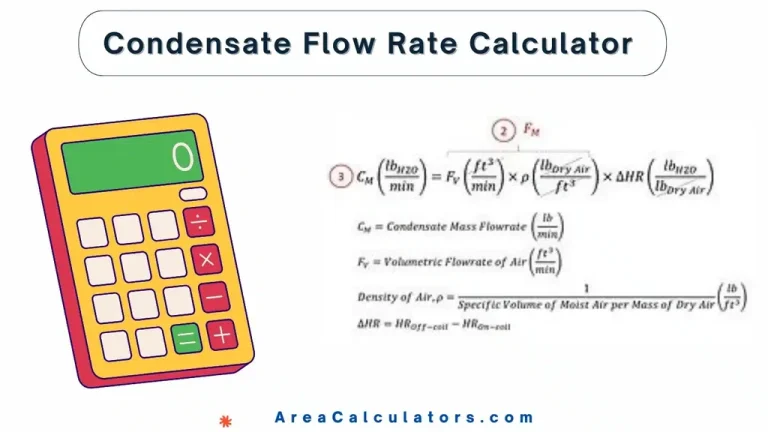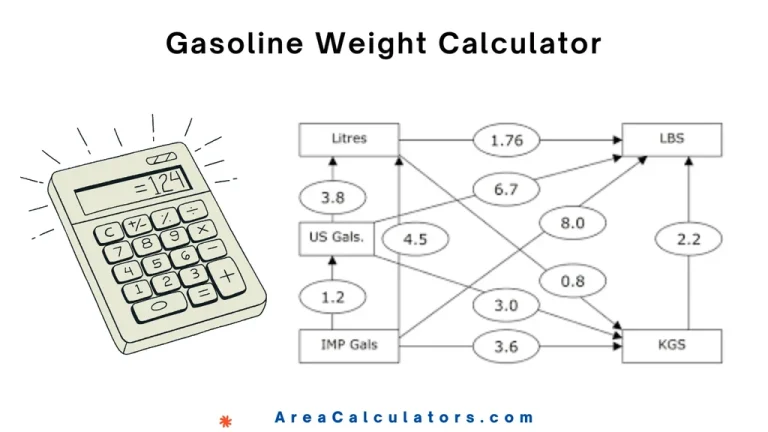Free Float Calculator
Free float is calculated by subtracting the earliest start (ES) from the earliest finish (EF) of an activity. The Free Float Calculator is an essential tool in project management, particularly for analyzing schedules using the Critical Path Method (CPM).
Free float measures how much an activity’s start can be delayed without affecting the start of subsequent activities. This ensures efficient scheduling and resource allocation. By understanding free float, project managers can identify flexibility within a schedule and optimize timelines for critical projects.
Whether you’re using CPM, PERT, or other scheduling tools, calculating free float is vital for effective project planning.
Formula
FF = EF − ES
| Variable | Description |
|---|---|
| FF | Free Float (amount of scheduling flexibility) |
| EF | Earliest time an activity can finish |
| ES | Earliest time an activity can start |
Solved Calculations
Example 1: Free Float for an Activity
| Step | Value |
|---|---|
| Earliest Finish (EF) | 10 days |
| Earliest Start (ES) | 8 days |
| Free Float (FF) | 10 − 8 = 2 days |
Example 2: No Free Float (Critical Activity)
| Step | Value |
|---|---|
| Earliest Finish (EF) | 12 days |
| Earliest Start (ES) | 12 days |
| Free Float (FF) | 12 − 12 = 0 days |
What is Free Float Calculator?
A Free Float Calculator is a practical tool for project management and financial analysis. In project management, free float refers to the amount of time a task can be delayed without affecting subsequent tasks.
This metric is crucial for optimizing schedules and managing dependencies in methodologies like the Critical Path Method (CPM) and Program Evaluation and Review Technique (PERT).
For instance, the calculator helps evaluate flexibility in schedules by identifying how much time specific activities can be postponed without creating delays. It is especially useful when working with network diagrams, PERT charts, or distinguishing between free float and total float.
Additionally, financial analysts can use the tool to calculate the proportion of a company’s shares available for public trading, commonly referred to as free float in financial terms.
This tool simplifies calculations, making it indispensable for project managers, planners, and analysts who require precise data for effective decision-making.
Final Words
The Free Float Calculator is a versatile resource for scheduling and financial analysis. It promotes efficiency, streamlines planning, and ensures well-informed decisions in diverse applications.



